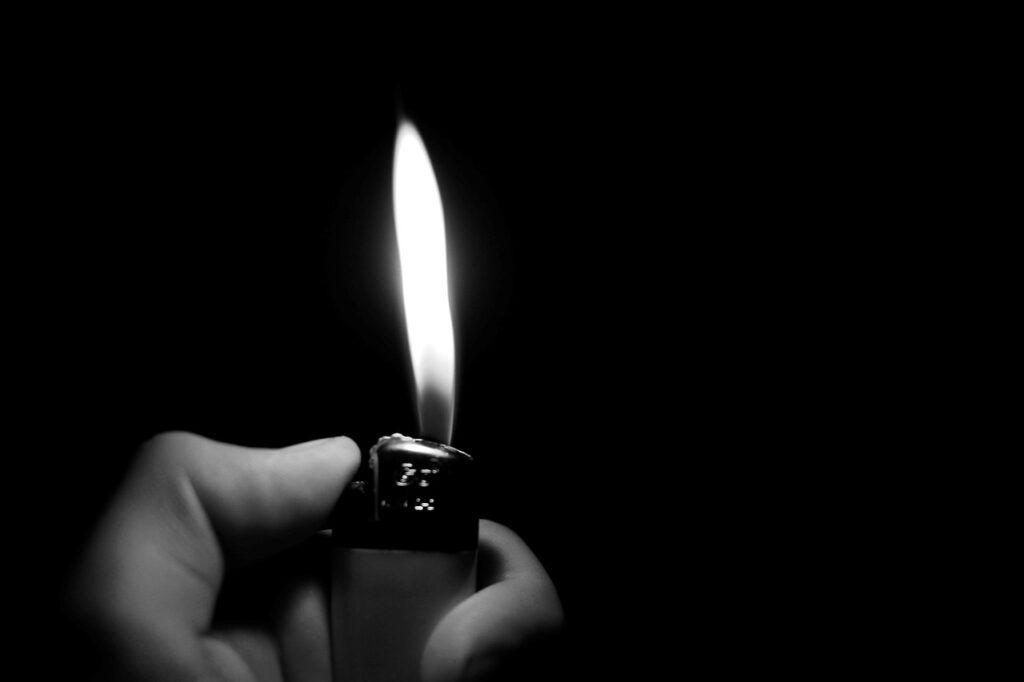What is the 27 club, and why is this club’s enduring legacy so much more somber?
The world of music and art has been shaped by extraordinary talents who, tragically, left us far too soon. Among these, a phenomenon that keeps popping up is the “27 Club” – a group of influential musicians and artists who died at the age of 27. This list includes high-profile figures such as Jimi Hendrix, Janis Joplin, Kurt Cobain, and Amy Winehouse, whose untimely deaths have cemented their place in popular and music culture forever .
White Lighter Theory
Alongside this phenomenon, a curious superstition known as the “White Lighter Theory” has emerged. The theory links the colour of a lighter to early death, particularly within musical circles.
The concept of the 27 Club gained significant attention following a series of devastating losses in the late 1960s and early 1970s. Within a short span between 1969 and 1971, Brian Jones of the Rolling Stones, Jimi Hendrix, Janis Joplin, and Jim Morrison all passed away at the age of 27. This created a pattern that resonated deeply with fans and the media.
What Do the Stats Say?
Research suggests that dying at 27 is not statistically more common for musicians than other ages. They argue that the fame and public scrutiny surrounding these particular artists may amplify the perception of a club. This may make these individual tragedies appear as part of a larger, more significant pattern. Conversely, the number of highly influential artists on this list fuels a fascination and debate surrounding the 27 Club.
Adding a layer to the narrative is the “White Lighter Theory”, a superstition within certain music circles. This belief suggests that carrying a white lighter brings misfortune or even early death, particularly to musicians. The theory’s origin is often attributed to unsubstantiated rumors that Jimi Hendrix, Janis Joplin, and Jim Morrison each had a white lighter on their person at the time of their deaths.
The White Lighter Connection

White Bic lighters were (and still are) widely available and common during the 1970s, the era when many of the initial 27 Club members passed away. The mass availability could have inadvertently contributed to the connection, creating a link between the two.
Independent of superstition, the role of lifestyle and addiction also plays a part. It is crucial to acknowledge the pressures and challenges faced by many of the artists associated with the 27 Club. Substance abuse, mental health struggles, and the pressures of fame and the music industry may have been significant factors in their lives. The era where many of these artists rose to prominence often lacked the robust support systems and awareness around well-being that are more prevalent today.
Conclusion: Coincidence or Something More Profound?
Ultimately, the 27 Club remains a tragic aspect of music history. While the statistical evidence for a true “curse” is debated, the cultural impact of these clustered deaths is undeniable.
Perhaps the most respectful way to view the 27 Club is not as a mystical curse, but as a poignant reminder of the vulnerabilities faced by artists, particularly those navigating the intense pressures of fame, the challenges of addiction, and mental health issues. Their legacies endure through their music and art, serving as a testament to their talent.



